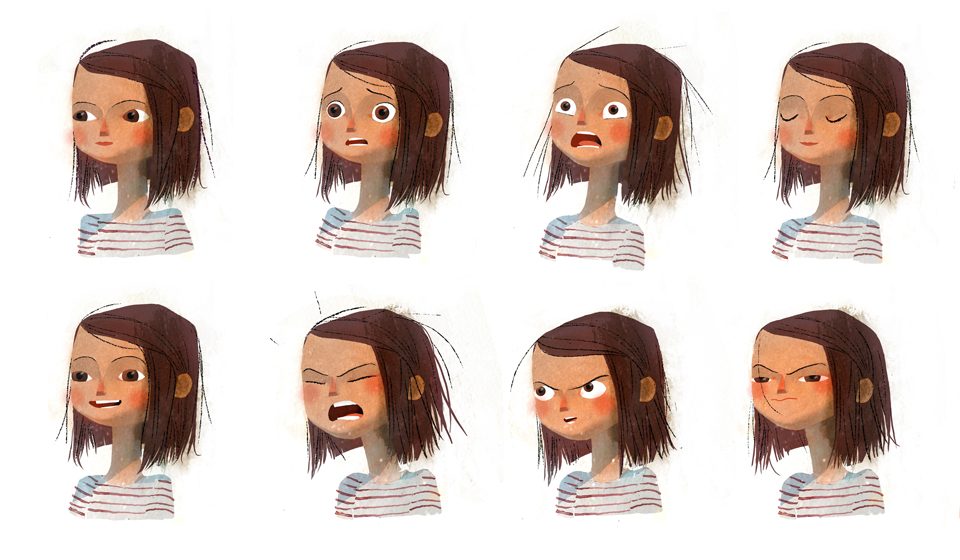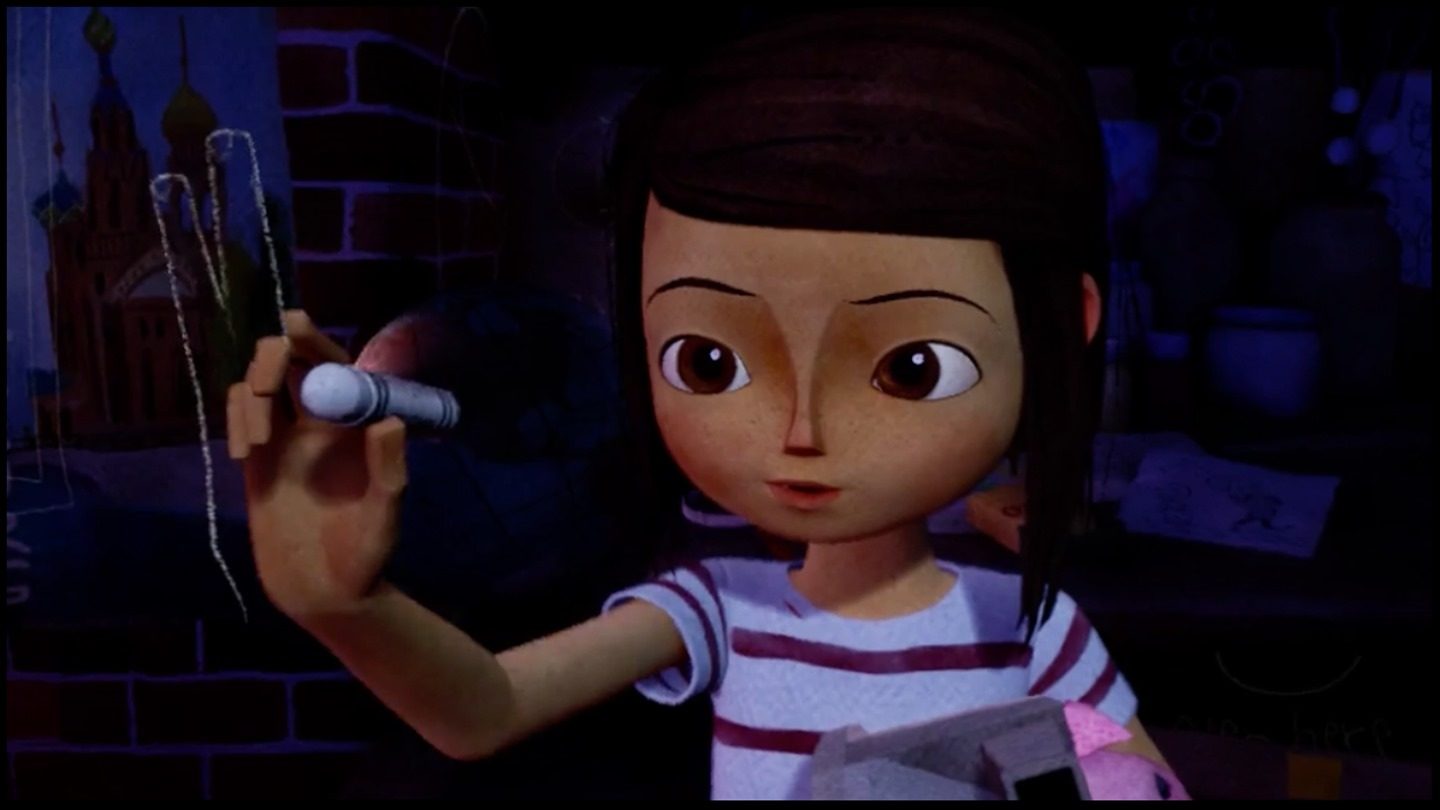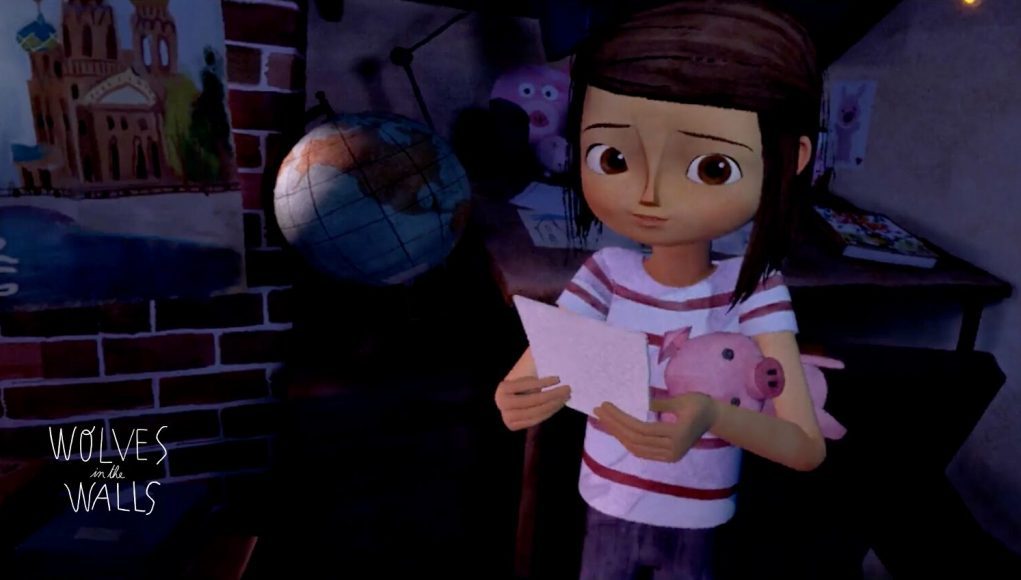You might have had a chance to try the first two chapters of Wolves in the Walls when it came to Rift last year, which left users of the interactive VR experience on a pretty intense cliffhanger to say the least. Today, Fable Studio, a team made up of veterans from Oculus’ now defunct Story Studio, released the third and final chapter of the story. And it’s nothing short of masterful.
“Masterful” isn’t a word I use lightly.
I had a chance to experience all the way up to the second chapter last year, and was already impressed with what I’d seen then. But the ending answers some pretty big questions, and it does it in a not-so-on-the-nose way that you’re still allowed to come to your own conclusions and inevitably think about your own ‘wolves in the walls’.
While I won’t spoil the experience for you (especially not the ending), the first two acts give you a sense of the emotional metaphors at hand. The wolves are real insofar they terrorize our protagonist, the wide-eyed, eight-year-old Lucy, and leave her truly frustrated, alienated, and incapable of thinking about anything else but the beasts causing mischief in her home.
It’s not until I sunk my teeth into the third act that it really comes together, and the wolves become three-dimensional creatures, both literally and figuratively speaking.

One of the biggest takeaways was my absolute inability to not disappoint Lucy, as she asks you whether you believe her, or if you’re really a sincere friend. I like to break games, if only to see how they react, but this is one I couldn’t bring myself to contort. I couldn’t hurt Lucy, and it’s because she, in some sense, is as close to a real person as I’ve ever seen in virtual reality. Not in a purely visual sense, but in the confines of the world, she wasn’t a thin mannequin. She is a person, or at least enough of a person to get those millennia-old parts of my non-rational brain firing.
Outside of her Pixar-esque character design and infectious personality, I would say she’s also a pretty big achievement in VR immersion; if only all VR games and experiences had her ‘closeness’ of character—close in the sense that some part of you feels they exist, even when you accidentally clip through their bulbous head and see the back of their eyes by mistake.

Not to delve into my own pseudo-understanding of philosophy, but Wolves in the Walls seems like a great starting point for an open-ended discussion on how our sense of reality is shaped by our individual perceptions, and how spaces and situations can be perceived differently in our minds depending on emotional context.
In a way, broaching the very subject as I sit in a quiet room on my own (prepared to write a hands-on article no less), I feel a little more at ease with my ‘wolves’, and also strangely a bit more fulfilled too. Granted, you may draw more or less the same conclusions by reading the original children’s book by Neil Gaiman and Dave McKean, but for a 30-something guy with no kids (and consequently no interest in owning or buying children’s books), Wolves in the Walls easily fits into one of the best VR experiences I’ve had to date. Wading past the artifice that’s inherent in the current generation of VR devices, there’s definitely a kernel of something here that I won’t soon forget.
You can download all three chapters of Wolves in the Walls for free on the Rift platform here.







